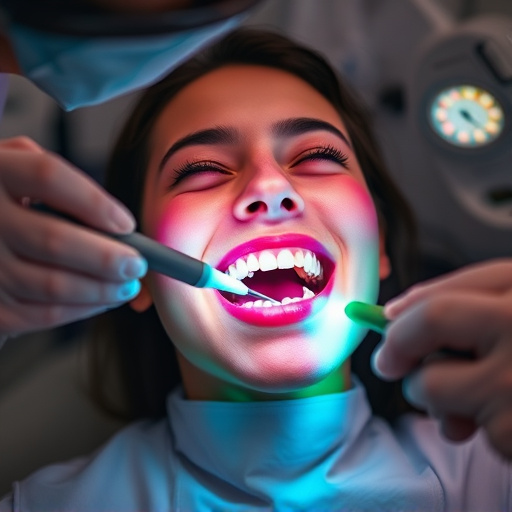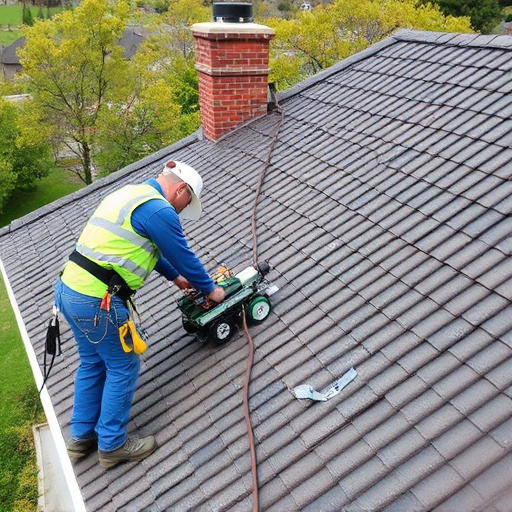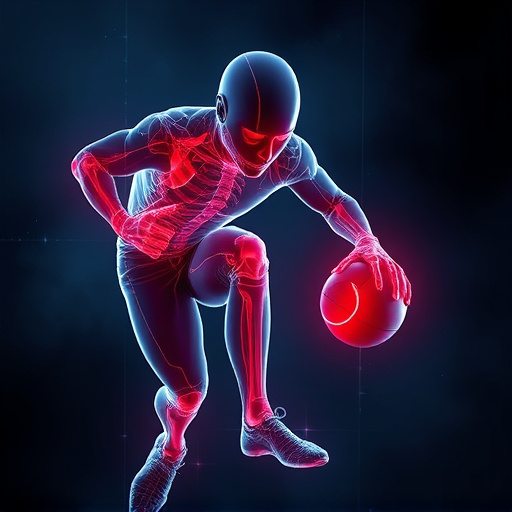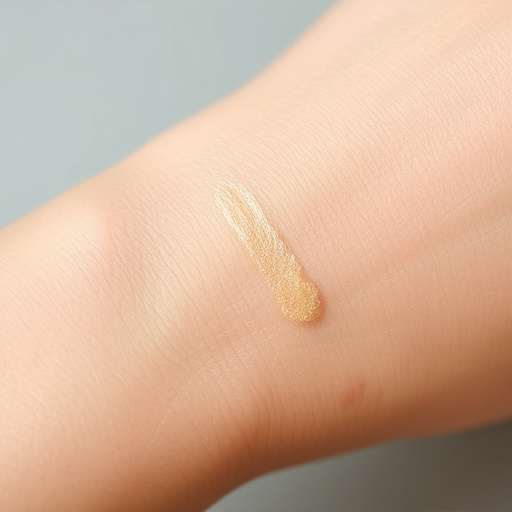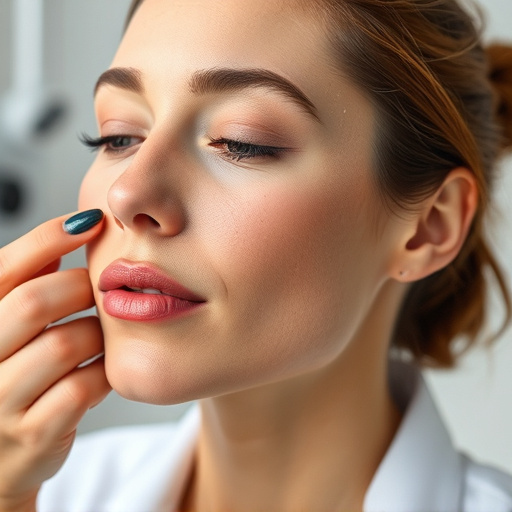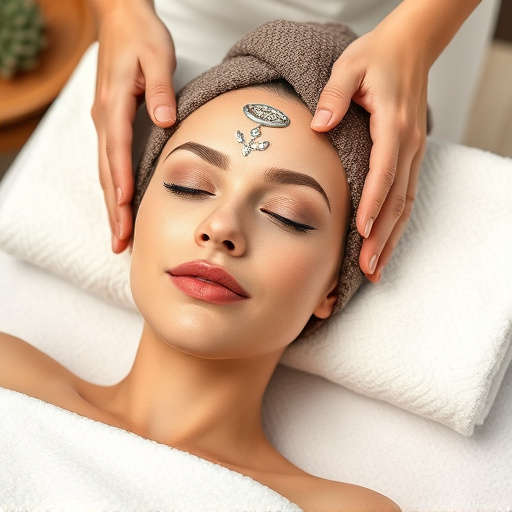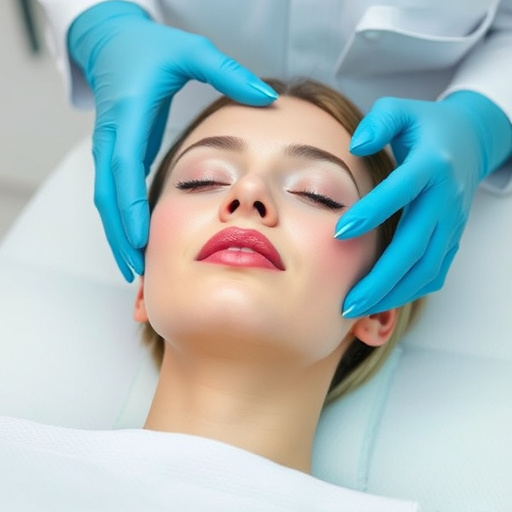Back acne treatment requires understanding and addressing its causes, from hormonal shifts to lifestyle factors. Topical treatments, lifestyle changes, and advanced procedures like laser hair removal offer solutions. Consistent management is key for cystic back acne, with over-the-counter and prescription options available. Scar management techniques, including chemical peels and lasers, improve skin texture post-treatment. Long-term care involves personalized skincare routines and regular dermatologist monitoring.
Back acne, though often overlooked, can be just as debilitating as facial acne. This comprehensive guide tackles cystic back acne and scars head-on. We’ll first explore the causes and triggers behind this common yet misunderstood condition. Next, we’ll delve into effective topical treatments for cysts. Finally, we’ll discuss scar management techniques and long-term care strategies to help you achieve clear, confident skin. Discover expert tips for tackling back acne effectively.
- Understanding Back Acne Causes and Triggers
- Topical Treatments for Cystic Back Acne
- Scar Management Techniques and Long-term Care
Understanding Back Acne Causes and Triggers

Back acne, while often overlooked, is a common skin concern that deserves equal attention to facial acne. Understanding its causes and triggers is the first step in effective back acne treatment. Hormonal fluctuations, for instance, can lead to increased sebum production, creating an ideal environment for bacteria to thrive and cause inflammation. This is particularly relevant during puberty, menstruation, or pregnancy.
Additionally, certain activities and lifestyle choices can exacerbate back acne. Wearing tight clothing, engaging in strenuous exercises, or even sleeping on a unsupportive mattress can contribute to skin irritation and clogged pores. Even everyday factors like stress and diet can play a role. Recognizing these triggers is crucial for developing an individualized back acne treatment plan that combines topical medications, lifestyle adjustments, and potentially advanced procedures like laser hair removal or hydrating facials (for post-acne scar healing) to achieve clear, healthy skin.
Topical Treatments for Cystic Back Acne

Cystic back acne requires targeted and persistent treatment to manage and minimize scarring. One effective approach is through topical treatments, which can be highly beneficial for reducing inflammation and promoting skin rejuvenation. Over-the-counter options include benzoyl peroxide and salicylic acid, which work by exfoliating the skin and killing acne-causing bacteria. These ingredients are gentle enough for regular use but powerful in combating stubborn cysts.
For more severe cases, prescription topical creams containing retinoids or antibiotics can be applied. Retinoids, derived from vitamin A, speed up skin cell turnover, unclog pores, and prevent new cyst formation. Antibiotics, on the other hand, help to reduce bacterial infections within the cysts, leading to faster healing and reduced scarring. Additionally, chemical peels and aesthetic treatments, such as microdermabrasion, can be recommended by dermatologists to deepen exfoliation and stimulate collagen production, further enhancing skin rejuvenation.
Scar Management Techniques and Long-term Care
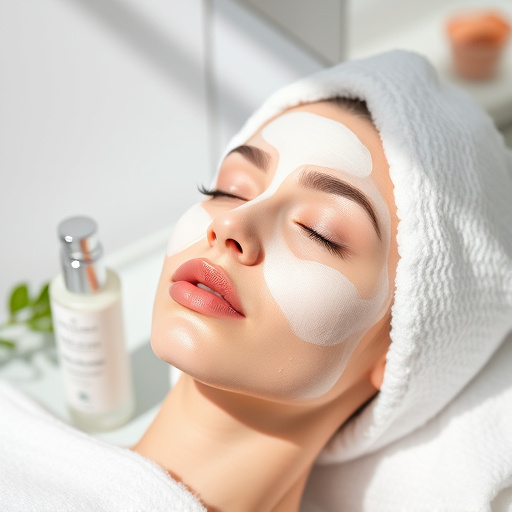
After successfully treating back acne and reducing cysts, proper scar management techniques are crucial for achieving a flawless, aesthetically pleasing complexion. One effective approach is chemical peels, which use gentle chemicals to exfoliate the skin, promoting cell turnover and improving scar texture. Microdermabrasion is another popular method, physically removing dead skin cells to enhance the appearance of scars. For more severe cases or to complement other treatments, specialized lasers can target specific areas, breaking down scar tissue for better absorption by the body’s natural healing processes.
Long-term care for back acne and its aftermath involves a personalized skincare routine tailored to maintain clear, healthy skin. This includes regular cleansing, moisturizing (especially with hydrating facials), and sun protection. Additionally, ongoing monitoring by a dermatologist ensures any new cysts or scars are caught early for more effective management. Incorporating these steps into your back acne treatment regimen can lead to significant improvements in both the appearance and overall health of your skin over time.
Back acne, while often challenging to manage, can be effectively treated with the right approach. By understanding the causes and triggers, individuals can take proactive steps to prevent future breakouts. Topical treatments, such as benzoyl peroxide and retinoids, have proven successful in combating cystic back acne. Additionally, scar management techniques, including microdermabrasion and laser therapy, offer long-term solutions for reducing scarring. Incorporating these strategies into a consistent skincare routine can lead to clearer skin and improved confidence. Remember, consistent care is key when it comes to achieving lasting results in back acne treatment.
